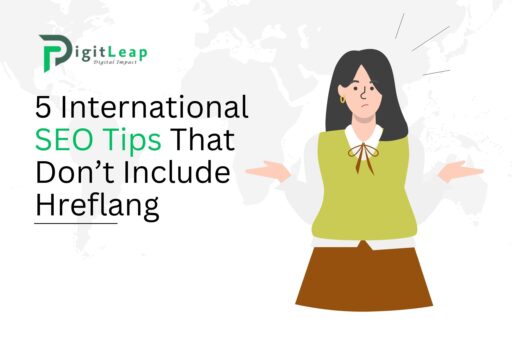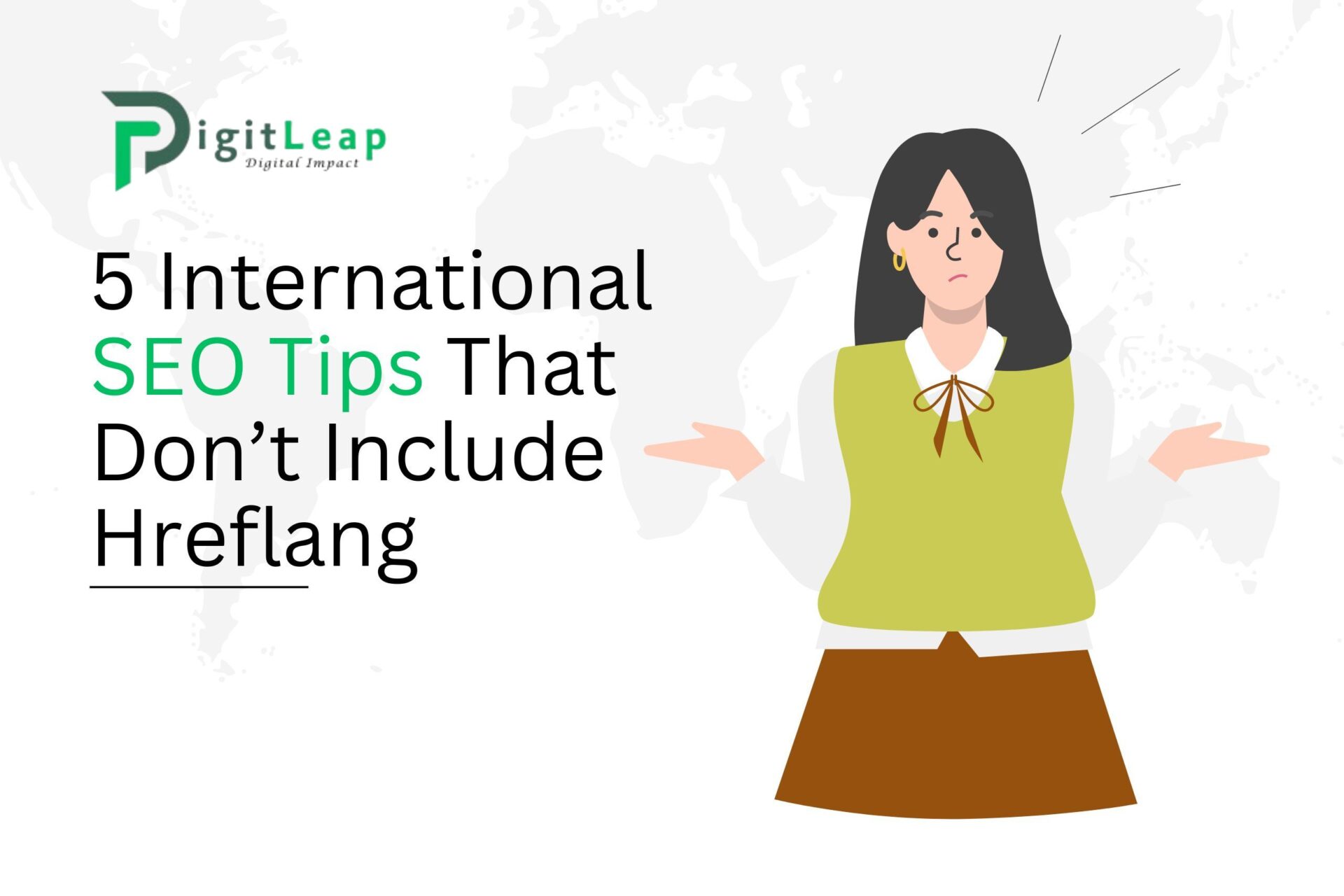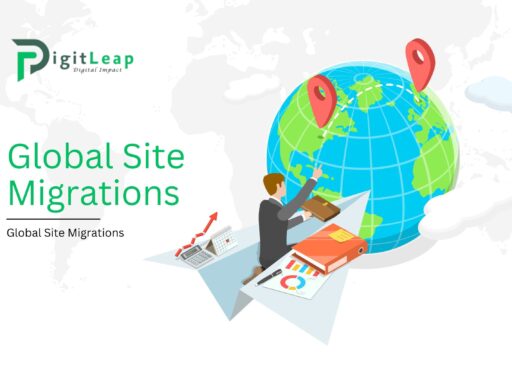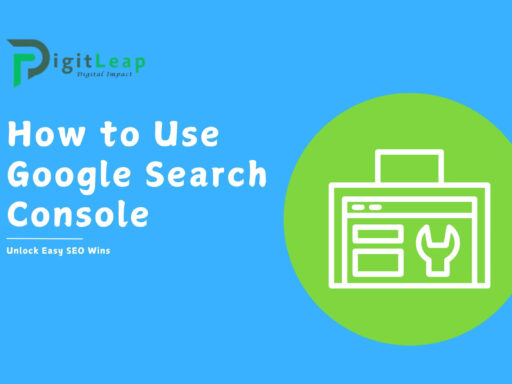Expanding your website’s reach beyond borders requires a multifaceted international SEO strategy. While hreflang tags are commonly used to signal language and regional targeting, there are many other effective techniques to ensure your global audience finds your content. Here are five proven tips for boosting your international SEO without relying on hreflang.

1. Prioritize Localization Beyond Translation
Localization goes far beyond translating your text into different languages—it involves adapting your content to resonate with local cultures, customs, and consumer behavior. This means tailoring your messaging, imagery, and even examples to suit the local context. For instance, if you’re targeting European markets, consider local idioms, cultural references, and region-specific trends to build a more authentic connection with your audience.
2. Conduct International Keyword Research
Keywords can vary significantly from one region to another. Use international keyword research tools to uncover regional search terms, colloquial phrases, and local synonyms that your target audience uses. Delve into local search trends, analyze competitor content in each market, and segment your keyword strategy by country or language. This targeted approach ensures your content aligns with regional search behavior and increases its relevance in local search results.
3. Optimize Site Speed and Mobile Experience
Site performance is a universal ranking factor that’s even more critical when targeting global audiences. International users may experience different internet speeds and connectivity challenges, so optimizing your site for speed and mobile performance is essential. Use content delivery networks (CDNs) to serve content quickly across regions, compress images and files, and ensure your website is fully responsive. A fast, seamless user experience not only boosts rankings but also enhances user engagement and satisfaction across borders.
4. Leverage Local Domain Structures and Geo-Targeting Tools
Even without hreflang tags, you can signal your international intent through domain choices and geo-targeting tools. Consider using country-code top-level domains (ccTLDs) for your key markets to show a clear regional focus. Alternatively, if you opt for a global domain, use Google Search Console’s geo-targeting features to indicate your preferred country for each section of your site. This helps search engines better understand your intended audience and serve your content appropriately.
5. Build a Robust Local Backlink Profile
Backlinks remain a strong signal of authority and relevance, especially when they come from reputable, locally focused websites. Invest time in building relationships with local influencers, industry publications, and community blogs. By securing high-quality backlinks from regional sites, you not only boost your site’s authority but also gain valuable exposure to local audiences. This local link-building strategy can significantly enhance your international SEO performance without the need for hreflang implementations.
Conclusion
Implementing a successful international SEO strategy is about more than just technical tags—it’s about understanding and meeting the unique needs of diverse markets. By localizing content, conducting targeted keyword research, optimizing site performance, leveraging geo-targeting techniques, and building local backlinks, you can effectively boost your global visibility and drive meaningful traffic from international audiences. These strategies offer a comprehensive approach to international SEO that works seamlessly, even without relying on hreflang tags.






